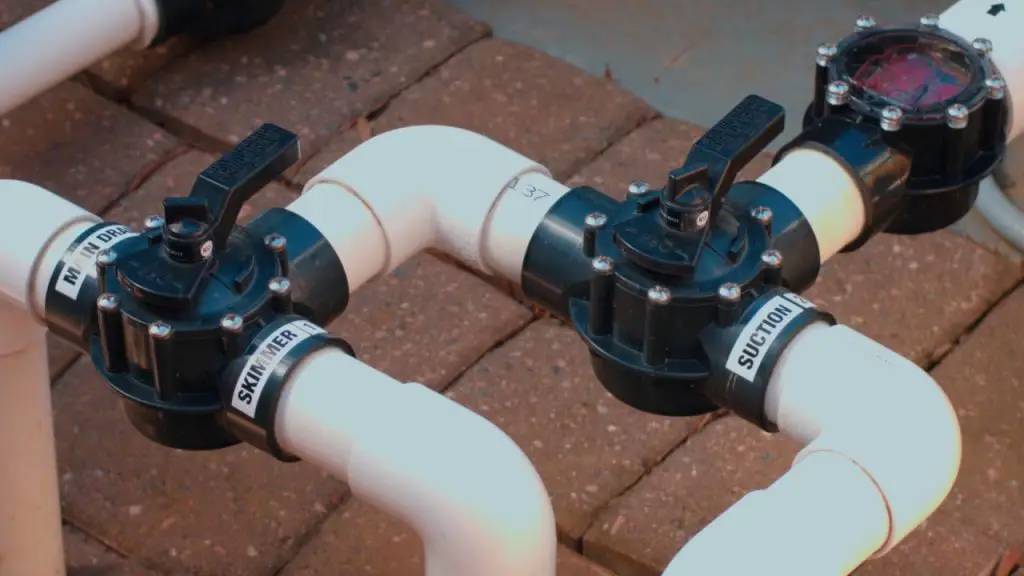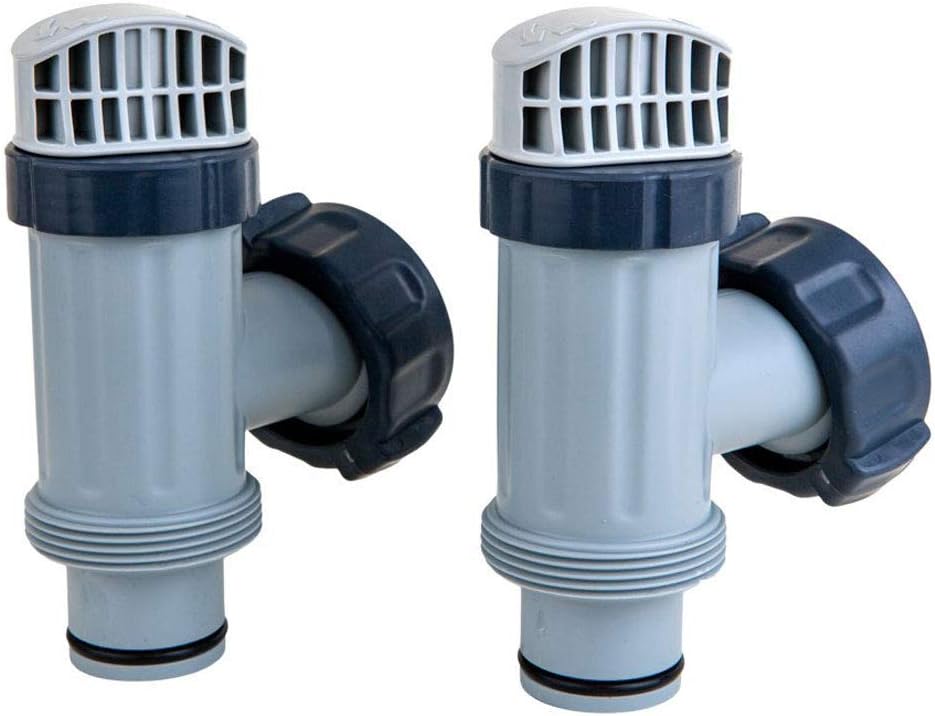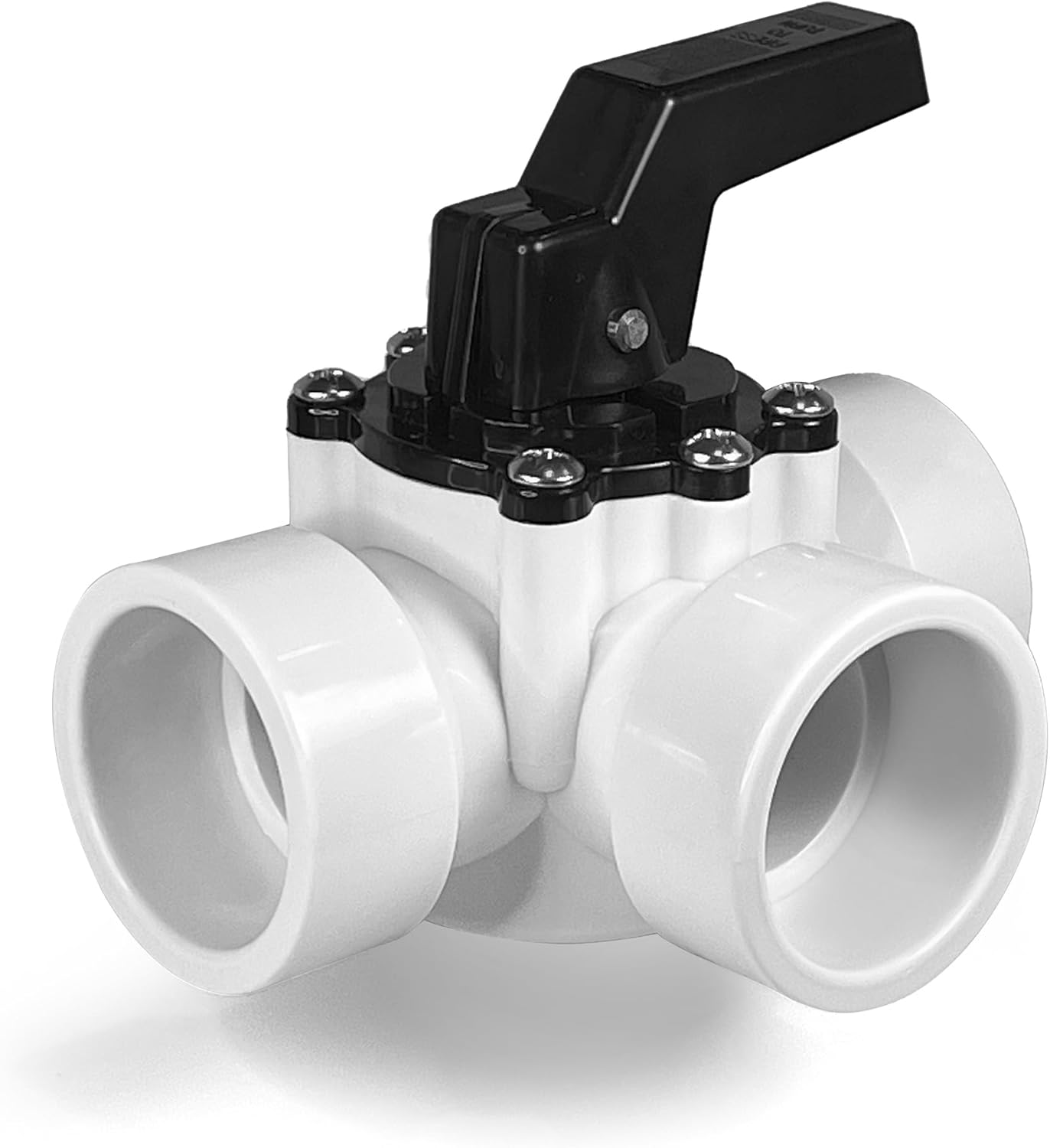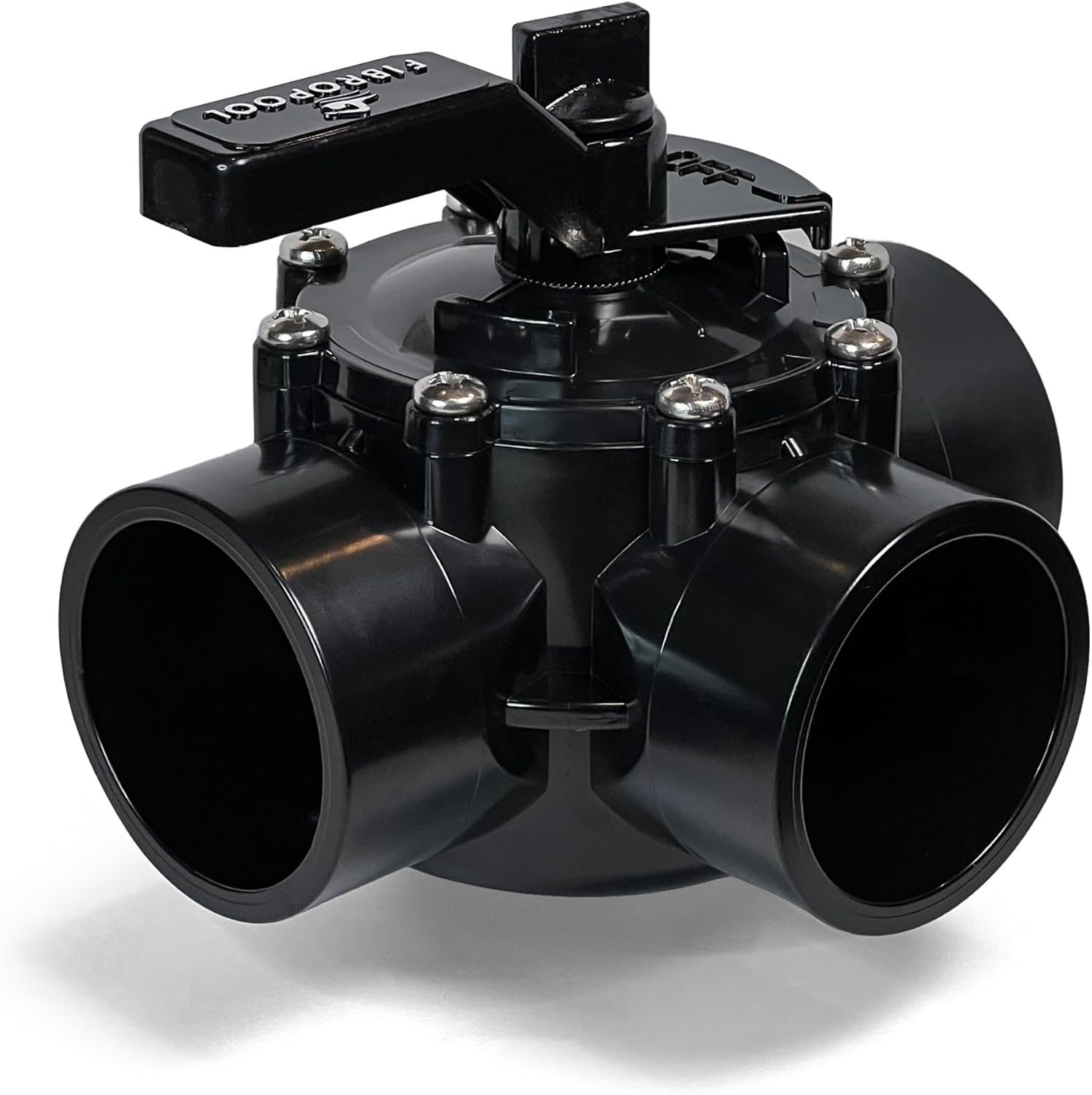When it comes to maintaining your pool, ensuring that your pool valves are set correctly is crucial for optimal performance. The proper settings of your pool valves help in regulating water flow, maintaining water quality, and ensuring efficient filtration. In this comprehensive guide, we will delve into the importance of setting your pool valves correctly and provide you with valuable tips on how to do so effectively.
5 Best Pool Valves on Amazon
Understanding Pool Valves
Pool valves are essential components of your pool’s filtration system, allowing you to control the flow of water to different parts of the pool. There are typically three main types of pool valves: the skimmer valve, the main drain valve, and the return valve. Each valve plays a specific role in the circulation and filtration of water in your pool.
Skimmer Valve
The skimmer valve regulates the flow of water from the skimmer, which is responsible for removing debris from the pool’s surface. By adjusting the skimmer valve, you can control the amount of water that is drawn from the skimmer, depending on the level of debris in your pool.
Main Drain Valve
The main drain valve controls the flow of water from the main drain at the bottom of the pool. This valve helps in circulating water from the bottom of the pool, ensuring that debris and sediment are effectively removed for better water quality.
Return Valve
The return valve determines the flow of filtered water back into the pool. By adjusting the return valve, you can control the speed and direction of the water returning to the pool, which can impact the circulation and temperature of the water.
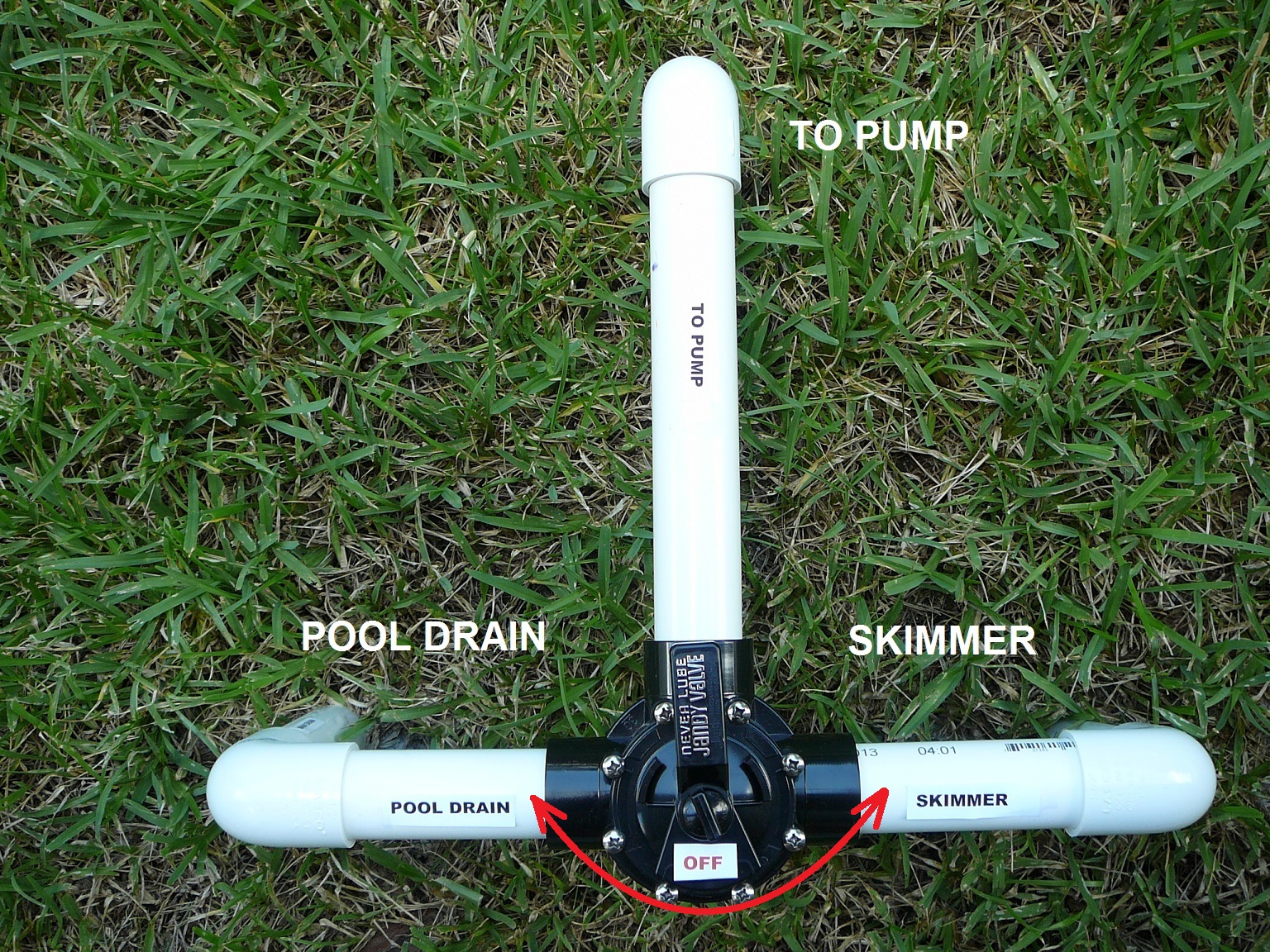
Credit: www.inyopools.com
Setting Your Pool Valves
Properly setting your pool valves is essential for maintaining the balance and cleanliness of your pool water. Here are some tips on how to set your pool valves for optimal performance:
1. Skimmer Valve Setting
Adjust the skimmer valve to ensure that it is drawing in enough water to effectively remove debris from the pool surface. If the skimmer is not collecting debris efficiently, increase the skimmer valve setting to allow for more water flow.
2. Main Drain Valve Setting
Set the main drain valve to allow for proper circulation of water from the bottom of the pool. This setting helps in preventing the buildup of debris and sediment in the pool, ensuring better water quality and clarity.
3. Return Valve Setting
Adjust the return valve to control the flow of filtered water back into the pool. By setting the return valve correctly, you can ensure that the water is distributed evenly throughout the pool, promoting effective filtration and circulation.
Common Pool Valve Settings
Depending on your pool’s specific requirements, there are common valve settings that you can consider for different scenarios:
| Scenario | Recommended Valve Settings |
|---|---|
| Normal Filtration | Skimmer: 50%, Main Drain: 50%, Return: 100% |
| Vacuuming the Pool | Skimmer: 0%, Main Drain: 100%, Return: 100% |
| Adding Chemicals | Skimmer: 0%, Main Drain: 0%, Return: 100% |
Regular Maintenance
It is essential to regularly check and adjust your pool valves to ensure they are set correctly. By performing routine maintenance on your pool valves, you can prevent issues such as poor water circulation, inefficient filtration, and water imbalance.
1. Inspect Valves
Check your pool valves regularly for any signs of wear or damage. Ensure that the valves are operating smoothly and that there are no leaks or blockages that could affect water flow.
2. Clean Valves
Keep your pool valves clean by removing any debris or buildup that could impede their function. Regularly clean the valves to prevent clogs and ensure optimal water flow throughout the pool.
3. Monitor Water Flow
Observe the water flow in your pool to determine if the valves are set correctly. If you notice any irregularities in water circulation or filtration, adjust the valve settings accordingly to optimize performance.

Credit: dengarden.com
Conclusion
Setting your pool valves correctly is essential for maintaining the cleanliness, balance, and efficiency of your pool. By understanding the role of each valve and following the tips provided in this guide, you can ensure that your pool valves are set for optimal performance. Regular maintenance and monitoring of your pool valves will help in preventing issues and ensuring that your pool water remains crystal clear and inviting for a refreshing swim.


